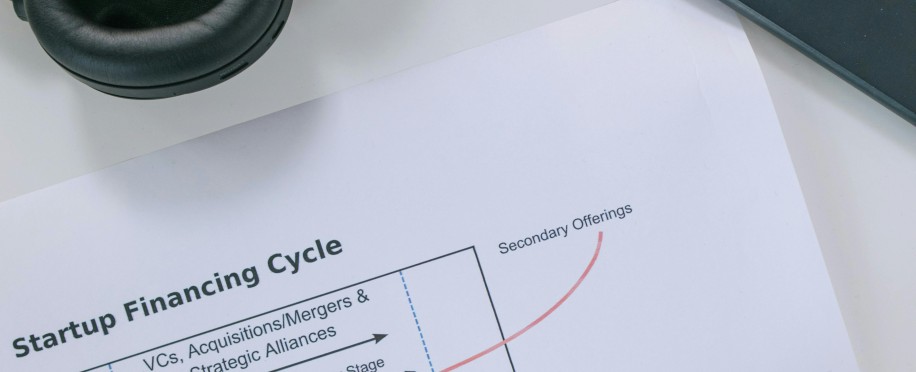Copyright © 2025 lpcentre.com All Rights Reserved. London Premier Centre For Training Ltd Registered in England and Wales, Company Number: 13694538
version: 3.0.1

Posted on : 10/29/2025, 8:02:14 PM
Let’s not pretend this is a new debate. It’s been quietly raging for decades in project teams, boardrooms, and training seminars. But in 2025, the question isn’t just what’s better—it’s what’s fit for purpose. Agile vs Waterfall isn’t about declaring a universal winner. It’s about knowing which approach meets the moment, the team, and the work ahead of you.
Because project management has changed. Deadlines feel tighter. Requirements shift faster. Clients expect specific outcomes—but they also want to evolve the plan midstream. And that’s where this question becomes more than theory. It becomes your daily reality. Your stress level. Your reputation.
So let’s stop asking which methodology is right in the abstract. Let’s compare how they actually work when the pressure’s on.
Some things just won’t die. The Agile vs Waterfall debate is one of them. And not because people enjoy arguing—but because every project is different, and each model brings its own way of solving problems.
Waterfall brings structure. It thrives on clarity. If you know your end goal, if the requirements are locked, if there’s little room (or appetite) for change, then Waterfall gives you a clean, sequential path. You plan, then build, then deliver. Simple on paper. And sometimes, that’s exactly what the job needs.
But we don’t live in paper-based projects anymore. Enter Agile. Fluid, iterative, collaborative. It’s designed for movement, for mid-course corrections, for teams that build as they learn. It’s not always tidy—but then again, neither is innovation.
So which one wins in 2025? It depends entirely on how you define winning.
You can read a thousand articles and still miss the point. The real differences between Agile vs Waterfall aren’t just about process—they’re about mindset.
Waterfall says: We know what we need. Let’s execute it well.
Agile says: We’ll discover what we need. Let’s adapt as we go.
The truth is, both approaches assume risk. Waterfall risks building the wrong thing really efficiently. Agile risks spending too much time exploring, without delivering a final outcome that satisfies.
So, how do you decide? You look at the terrain. What are the requirements like? Who’s in your team? How much flexibility do you have? What’s the client like? These key questions don’t give you a perfect answer—but they help you see the path more clearly.

Let’s say you’re rebuilding infrastructure for a public agency. Your scope is strict, and sign-off happens in stages. If you shift a deadline, you set off alarms. In this case, Waterfall makes sense. The methodology supports structure, audit trails, accountability.
Now picture a start-up trying to prototype a product in a market that’s still taking shape. The team is small, passionate, and ready to iterate on the fly. Here, Agile gives you the breathing room to learn through doing.
So it’s not about loyalty to a methodology. It’s about reading the project—and making a smart call. The best managers I know don’t defend a model like a football club. They weigh benefits and drawbacks, then commit to the approach that serves the actual work, not their ego.
Choosing badly isn’t theoretical. It shows up in real-world pain. A rigid Waterfall plan, forced on a messy creative team, kills morale and slows everything down. An overly Agile process, used where compliance is king, leads to rework, budget spirals, and tension with stakeholders.
This is why project leads need more than templates. They need judgement. They need to know when to say, “We’re going Agile,” and mean it. And when to say, “We’re not reinventing the wheel here—Waterfall it is.”
It’s not about being trendy. It’s about being effective. And in 2025, project management is a dance between structure and responsiveness. Pick the wrong rhythm, and everything feels off.
Let’s be honest. Most teams aren’t working in pure Agile or strict Waterfall. They’re building hybrids—borrowing the planning discipline of one, the iterative check-ins of the other. And if done well, that’s not a compromise. It’s a smart, flexible blend.
But hybrid doesn’t mean chaos. It still requires leadership, clarity, and a clear sense of methodological intent. Otherwise, you end up with a Frankenstein’s monster of missed deadlines and unclear roles.
The key? Know what you’re borrowing—and why. Align the methodologies to your team’s strengths. Clarify what decisions will be made up front, and what will evolve. Build the rhythm that suits your reality, not someone else’s model.
Whether you’re leading innovation labs in Barcelona, structuring long-term delivery plans in Dubai, managing policy projects in London, or scaling digital teams in Istanbul,
LPC Training, with its unique Project Management training courses in London,
supports professionals with real-world, globally certified project management training. With expert-led sessions offered across Kuala Lumpur, Paris, Singapore, and Amsterdam, our programmes help you compare strategies, assess risks, and choose smarter.
We teach more than frameworks—we equip you to make judgement calls that move your projects forward.
Because at the end of the day, training is not about memorising models. It’s about knowing when to break them.
Agile vs Waterfall isn’t a battle—it’s a decision point. And in 2025, the best project leaders aren’t dogmatic. They’re curious. They’re thoughtful. They learn from failure, listen to their teams, and lead with context.
Don’t just ask which approach is best. Ask: what are we trying to do here? What do we already know? What could change? Who needs to be involved, and when? These aren’t just planning questions—they’re leadership questions. They turn a methodology into a strategy.
So no, you don’t have to choose a side forever. You just have to decide what works—right here, right now.
And that, more than any template or trend, is how smart project management wins.